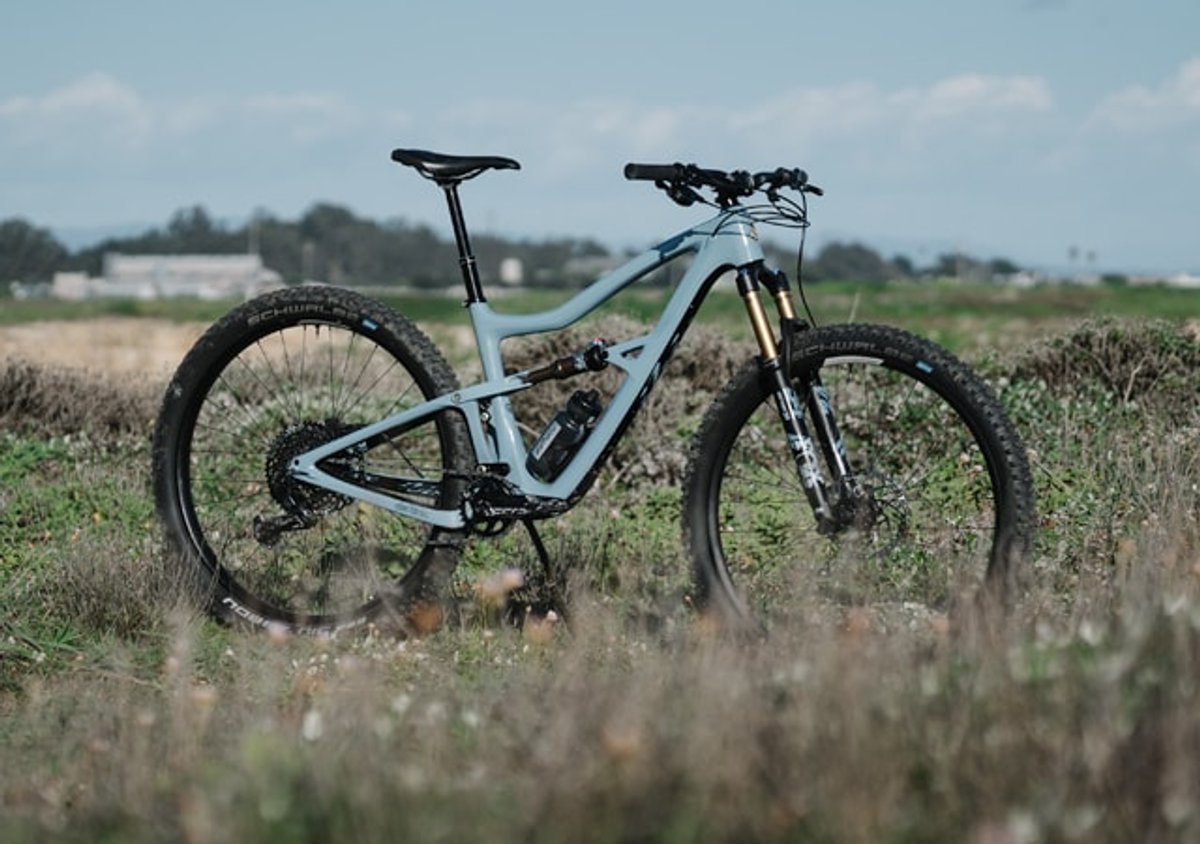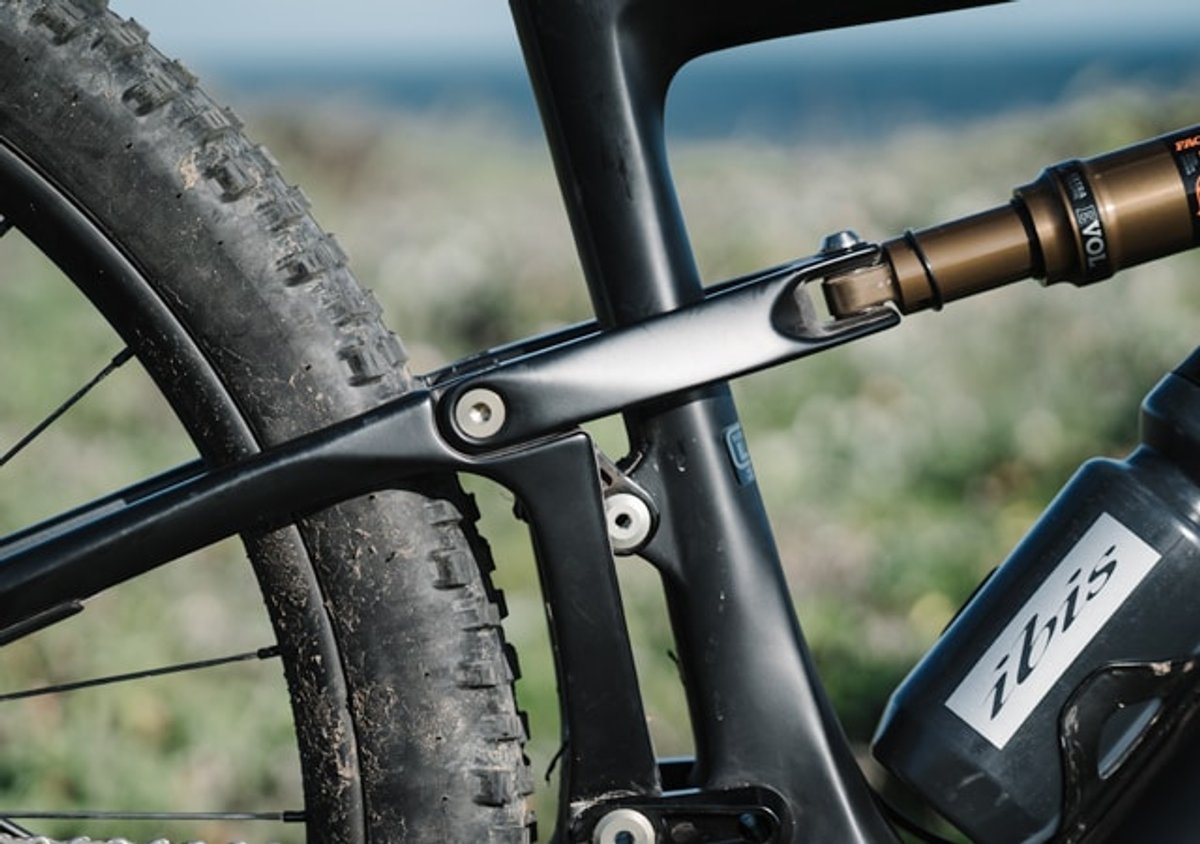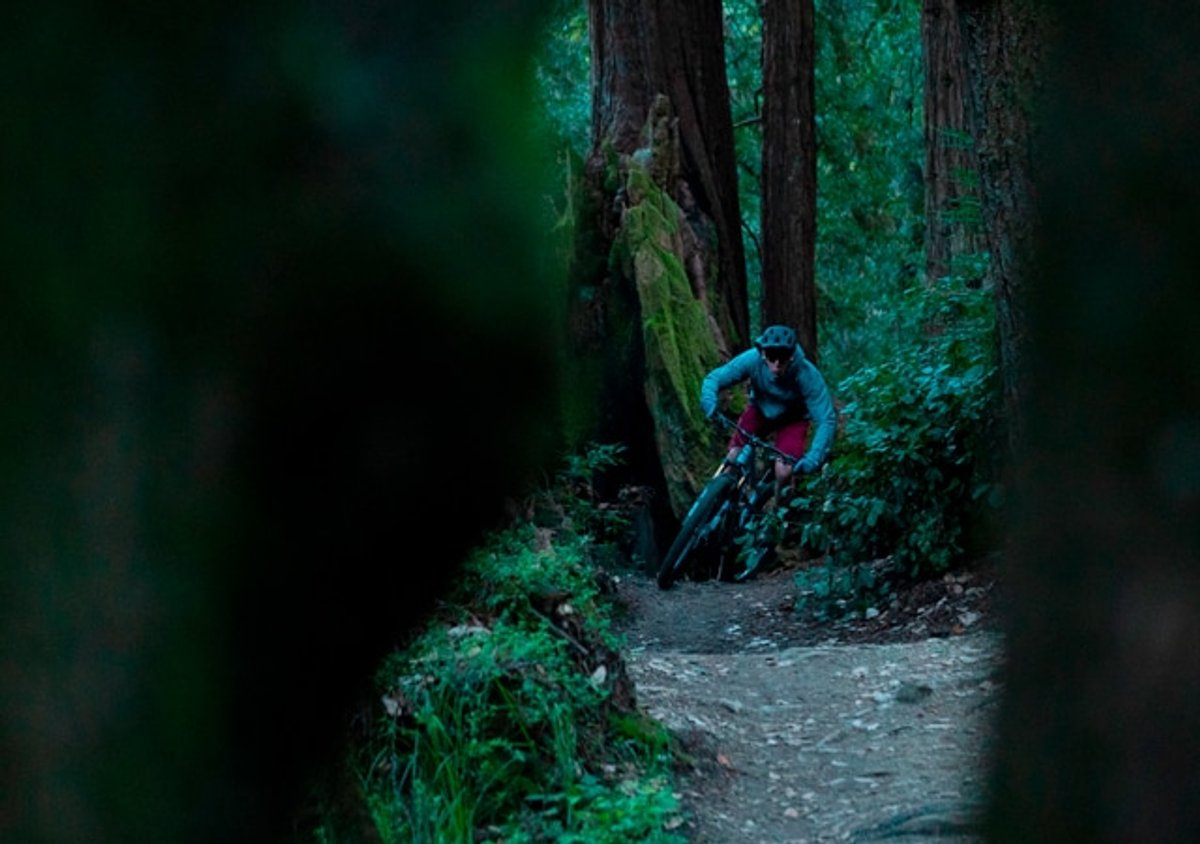
First Impressions: Ibis Ripley
There are few mountain bikes that can claim a cult following like the one belonging to the Ibis Ripley.

Launched in 2011, the original Ripley was one of the earliest 29’er trail bikes to earn accolades for its nimbleness, and it became a smash hit overnight. It’s worth remembering that this was the tail end of the heyday of 26 inch wheels. At the time 29’ers, especially of the fully suspended variety, were typically panned for their poor handling owing to a mix of too-long chainstays and unrefined steering geometry. The Ripley was one of the first of its class to add lively handling to the 29’er equation, and it opened many peoples’ eyes to the potential of bigger wheels.
Much has changed over the past 8 years, and although the Ripley LS stepped in to bridge the gap, the series was long overdue for an update. That update is actually a complete overhaul, which makes it remarkable that Ibis has brought the Ripley up to speed without spoiling the handling we’ve come to expect from the Ripley family.
The Updates
Ibis fans will immediately notice that the latest Ripley looks a lot like its bigger brother, the Ripmo. That resemblance is anything but superficial. The previous Ripley’s dual eccentric “links”, which were the heart of a unique version of the DW Link suspension system, have now been replaced with a more standard parallel dual link arrangement that borrows its lower link and hardware directly from the Ripmo.

With that in mind, there should be little surprise that the Ripley also borrows many of the details of its chassis design, which translates into nearly identical strength and stiffness as well. In other words, the new Ripley is not just lighter, it’s actually quite burly. A Ripley frame is only about a hundred grams lighter than the Ripmo per size, but don’t forget that the Ripmo is literally pounds lighter than many of its competitors in the 140-150mm category. The Ripley is within striking distance of the lightest bikes in its class.
Another piece of the Ripmo influence is the geometry, which is dramatically different than the previous Ripley LS. Like the Ripmo, the new Ripley gets a dramatically shorter seat tube, allowing for longer stroke dropper posts. Word on the street is that Ibis’s lead designer Roxy Lo, who is all of 5’1” tall, is running a 125mm dropper on her personal Ripley, so this is a benefit that will be easily appreciated by riders of all sizes. The reach gets much longer as well, which maintains a consistent fit between generations while accommodating the modern preference for shorter stems.
There are plenty of little details to like as well. The full length internal cable guides make setup as easy as possible. Same goes for the threaded BSA bottom bracket. And the ability to accomodate tires up to 2.6 inches wide with ample mud clearance gives riders more options in fine tuning their setup. And lest anyone worry that such a setup will ruin the Ripley, it’s worth considering that Ibis claims its stock XTR build Ripley comes in at 26 pounds with Schwalbe 2.6 inch tires. In other words, you can have the massive traction without an appreciable weight penalty. That makes the bigger tires an option that should be strongly considered, especially for those seeking more grip in dry, loose terrain.
The Ride
Clearly there have been some big changes, which means that the new Ripley feels different on dirt than its predecessors. But while the longer wheelbase, slightly relaxed head tube angle, and dramatically steeper seat tube angle all make the latest Ripley feel much more modern, the big surprise is how much of the previous model’s quickness the new Ripley retains.
It feels low and planted, while the fairly short 130mm travel fork helps the bike to change directions with impressive quickness. For the tinkerers, it’s worth noting that while the previous Ripley really worked best with a 130mm fork, the latest version allegedly works great with a 120mm fork for sharper handling, or a 140mm fork for a slightly more forgiving feel. As is typical of bikes with modern geometry, the new Ripley prefers to be leaned into corners, where the previous bike was a bit more amenable to being steered around them. But the airy lightness at the handlebars remains very similar, giving the new Ripley the sensation that it can do no wrong when the trail changes directions. Look where you want to go and the bike follows without any drama. For those whose local trails skew tight and twisty, the Ripley will feel right at home.
While there’s a natural temptation to think of the Ripley as a mini Ripmo, the Ripley actually feels like a very different bike, and much of that comes down to the fork. Part of it is the fork’s shorter axle to crown height, which helps the bike transition edge to edge faster in corners. Another piece is the smaller 34mm fork chassis, which feeds more flex into the front end and lends a smoother, calmer feel at the bike’s leading edge. It feels more substantial than an XC racer and is stiffer than the previous Ripley but it still feels light and quick, unlike some other options in the 120mm category that can feel overbuilt and heavy when you get them rolling.
The final piece of the puzzle is the suspension feel. Although the new Ripley is slightly more progressive than the previous iteration, it’s still fairly linear. There’s an inherent tradeoff in this approach. As with all linear bikes, jumpers and aggressive riders may find themselves using full travel more than they like. But the flip side is that the linear wheel rate has been tuned with rolling speed in mind, which is part of why it feels so flat out fast when you get it on the trail.
This trait is largely a product of a very light damping tune that helps the Ripley hug the ground while getting out of the way of roots, rocks, and trail debris with minimal feedback. It doesn’t feel bottomless, but being a Ripley, it really shouldn’t. And when the upshot is such impressive traction and blistering rolling speed, it’s easy to consider this a worthwhile tradeoff, at least for many riders.

The Competition
The Ripley finds itself in what may be the most diverse class in mountain biking at the moment. 120mm 29’ers run the gamut from beefed up XC racers to short travel freeride bikes, which leaves riders with some choices to make. Both on paper and on the trail, the Ripley is very similar to Pivot’s Trail 429, with a stiff, responsive chassis and pleasingly nimble handling. However, the Ripley’s shorter offset fork and shorter seat tube help it feel just a bit more modern. In spirit, the Ripley feels nearly identical to Santa Cruz’s Tallboy. However, in that comparison there’s no denying that the Ripley’s new school geometry lends it an edge over the Tallboy, which is beginning to show its age.
At the opposite end of the spectrum, the Ripley feels like a very different bike than an Evil Following MB or a Devinci Django, both of which have a much more progressive suspension feel that makes them feel like short travel freeride bikes. In other words, the Ripley doesn’t feel as out and out aggressive as some other options in its class, even though it’s easily rugged enough to withstand wilder riding styles.
In Closing
One can’t help but respect Ibis for sticking to its guns with the Ripley. Rather than chasing trends or trying to please everyone, Ibis focused on building a worthy successor to one of the most beloved bikes of the past decade. In that regard, the Ripley is a stunning success. It’s still quick and nimble, and now it has an extra dash of confidence that comes from the new school geometry and painstakingly engineered chassis. And while the Ripley may not be the best match for the freeriders among us, for the rest of us seeking a short travel trail bike, the Ripley will be an exceptional choice.